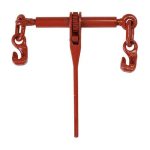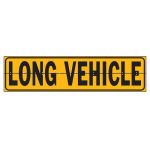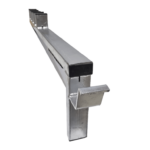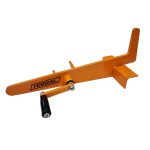In the world of business, family-owned enterprises are the backbone of the economy. However, many family transport companies face a common challenge – the lack of a solid succession plan. Without proper planning, these companies often face uncertainty when it comes to the future of the business. In this blog, we will explore the crucial steps involved in building a successful succession plan for your family transport company to ensure its longevity and prosperity.
The Importance of Succession Planning
Succession planning is the process of identifying and developing future leaders within your organization. For family-owned transport companies, it’s about passing on the reins to the next generation or qualified managers. The significance of succession planning cannot be overstated. It:
- Preserves Legacy: A well-thought-out succession plan ensures that the family legacy and the company’s values continue to thrive.
- Ensures Stability: A planned transition provides stability and minimizes disruptions, which can be crucial in the transport industry.
- Retains Talent: It helps in retaining and nurturing talented individuals within the organization, ensuring a pool of capable leaders.
- Facilitates Growth: A clear succession plan allows the company to focus on its growth and expansion strategies without being bogged down by leadership uncertainties.
Key Steps to Building a Succession Plan
- Start Early: Succession planning is a long-term process. Start early, ideally years before you plan to retire or step down. This allows for a smooth transition.
- Identify Potential Successors: Identify family members or key managers who have the potential to take over leadership roles. Assess their skills, experience, and commitment to the business.
- Provide Training and Development: Invest in the training and development of potential successors. This might include formal education, mentorship programs, and on-the-job training.
- Communicate Your Vision: Clearly communicate your vision for the company’s future. Discuss your expectations and involve potential successors in strategic decision-making processes.
- Document the Plan: Put the succession plan in writing. Outline roles and responsibilities, timelines, and the process for transferring ownership and leadership.
- Seek Professional Advice: Consult with legal and financial advisors who specialize in succession planning for family-owned businesses. They can help with complex issues like estate planning and taxation.
- Test the Waters: Allow potential successors to take on increasing responsibilities gradually to assess their readiness. This can also help in building their confidence.
- Embrace External Talent: Don’t limit your search for successors only within the family. Consider external candidates who may bring fresh perspectives and expertise to the company.
- Financial Planning: Ensure that the financial aspects of the succession plan are well-managed. This includes valuing the company accurately and addressing financial considerations like funding the buyout.
- Monitor and Adjust: Continuously monitor the progress of your succession plan and be willing to adjust it as circumstances change. Regularly review and update the plan to accommodate evolving business dynamics and family dynamics.
Building a succession plan for your family transport company is not just about securing the future of your business but also preserving the legacy and values that have made your company successful. It requires careful planning, open communication, and a commitment to nurturing the next generation of leaders.
With the right succession plan in place, you can ensure that your family transport company continues to thrive for generations to come, rather than becoming another statistic of a family business closing down due to a lack of planning.



































































































